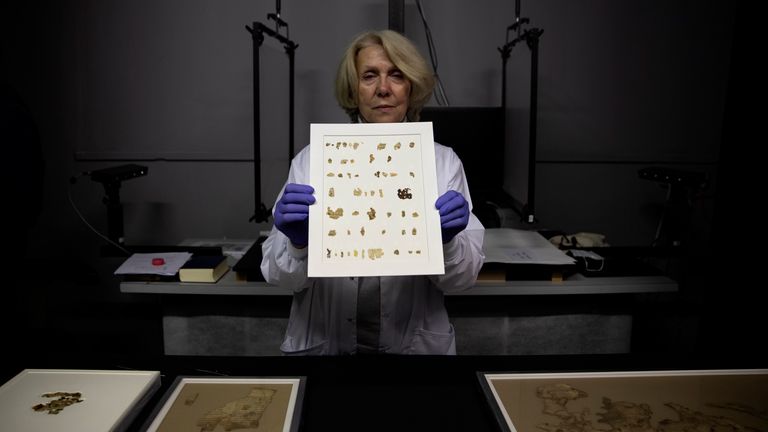Israeli archaeologists discover dozens of new Dead Sea Scroll fragments in Judean Desert cave hidden for nearly 1,900 years

Israeli archaeologists have discovered dozens of new Dead Sea Scroll fragments in the Judean Desert, south of Jerusalem, believed to be hidden during a Jewish revolt against Rome nearly 1,900 years ago.
Pieces of the parchment bear lines of Greek text from the books of Zechariah and Nahum and have been radiocarbon dated to the 2nd century AD, according to the Israel Antiquities Authority (IAA).
“For the first time in approximately 60 years, archaeological excavations have uncovered fragments of a biblical scroll,” the IAA said in a statement.
The new pieces are believed to belong to a set of parchment fragments found in a site known as The Cave of Horror, named after 40 human skeletons were found there during excavations in the 1960s. The fragments found there also bear a Greek rendition of the Twelve Minor Prophets – a book in the Hebrew bible.
The cave is located in a remote canyon in the Judean Desert, south of Jerusalem.
During the Bar Kochba Revolt, an armed Jewish uprising against Rome during the reign of Emperor Hadrian, between 132 and 136 AD, the fragments were believed to have been stashed away in the cave.
The artefacts were found during an operation by the IAA in the Judean Desert to find scrolls and other artefacts to prevent possible plundering.
The Dead Sea Scrolls, a collection of Jewish texts found in desert caves in the West Bank near Qumran in the 1940s and 1950s, date from the 3rd century BC to the 1st century AD.
They include the earliest known copies of biblical texts and documents outlining the beliefs of a Jewish sect that was barely known.
Source: Read Full Article



